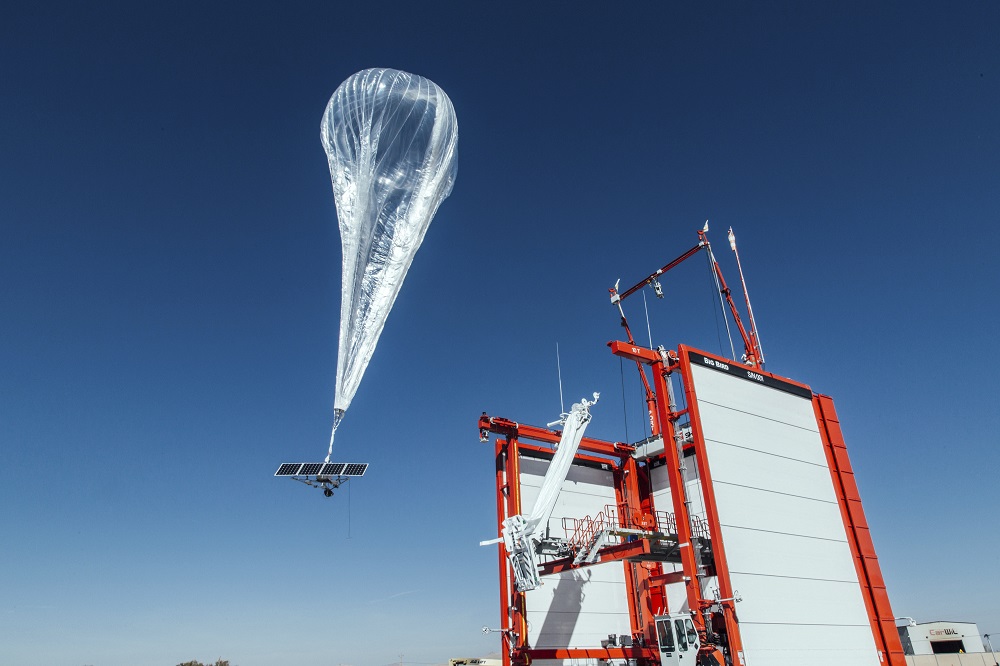How one company is using balloons to help Puerto Rico bounce back
Since Hurricane Maria made landfall in Puerto Rico one month ago, the island has been struggling to restore even the most essential services, including running water, electricity, and the transportation network. Exacerbating the situation is widespread cell network outages across the island, which prevents people from contacting loved ones outside Puerto Rico to confirm their well-being.
Additionally – and perhaps more importantly – the cell network outages are hindering relief efforts.

Thousands of shipping containers full of humanitarian supplies arrived in the Port of San Juan last month to be dispersed throughout Puerto Rico. Without being able to contact truck drivers by phone, however, most of the containers could not be delivered. One company hopes it can temporarily restore Puerto Rico’s cell network using innovative aeronautical technology: balloons.
Project Loon is a subsidiary of Google’s parent company, Alphabet, and it aims to “extend Internet connectivity to people in rural and remote areas worldwide”. To accomplish this mission, Project Loon deploys a series of large, helium-filled balloons, each one with its own miniaturized transceiver system that enables communication with cellular base stations and with other balloons.
The balloons are launched into the stratosphere, where they can float along wind currents for up to 100 days; at an altitude of 19 kilometers, each balloon can provide its own wireless network covering almost 7,800 square kilometers.
Earlier this month, the Federal Communication Commission granted an “experimental license” for Project Loon to deploy its balloons in Puerto Rico. Though the company has been permitted to use the same radio spectrum as existing wireless carriers in Puerto Rico, it still needs a telecommunications provider to host the ad hoc balloon network. Once Project Loon is able to integrate with a local cell provider, it hopes to provide wireless connectivity to all 3.4 million residents of Puerto Rico using just 30 of its balloons.
Though Project Loon is unlikely to provide high speed internet to most users, the restoration of call and text functionality could prove to be a major step in Puerto Rico’s recovery.
Sources and Further Reading
- Aid reaches some in Puerto Rico, but water, food and electricity remain desperately scarce – The Los Angeles Times
- No cell service in Puerto Rico? Drive to a highway in San Juan and pull over – Miami Herald
- Puerto Rico aid is trapped in thousands of shipping containers – CNN
- What is Project Loon – Project Loon
- Puerto Rico Looks to Alphabet’s X Project Loon Balloons to Restore Cell Service – Scientific American
- FCC GRANTS EXPERIMENTAL LICENSE FOR PROJECT LOON TO OPERATE IN PUERTO RICO – FCC
- FCC lets Alphabet try to use balloons to restore cell service to Puerto Ricans – The Los Angeles Times
